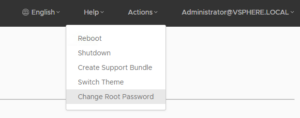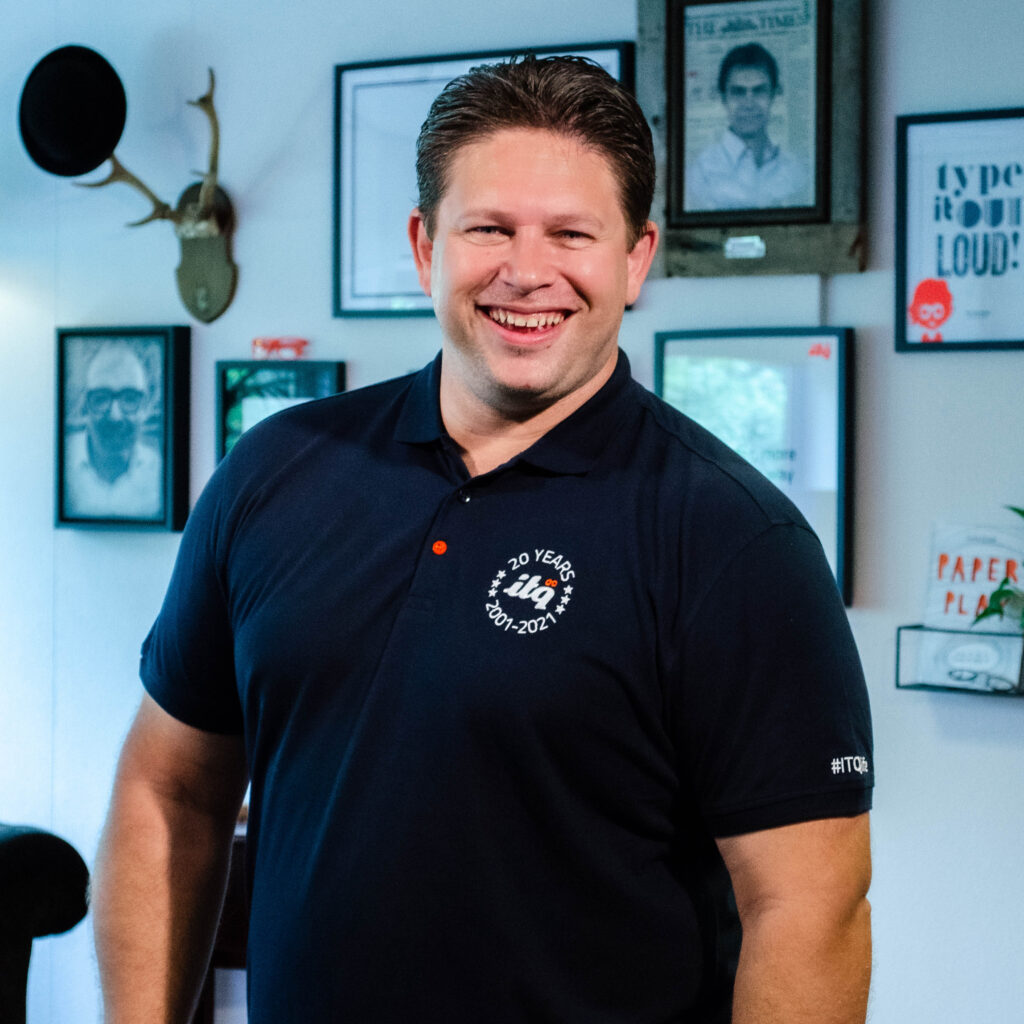Why assessing your workplace is essential to a successful Digital Workspace project
We are living in a world where information and analytics like big data are becoming essential in improving our daily lives. Big data, for instance, is used for practical applications like weather analysis or traffic prediction. Enormous numbers of data are gathered by sensors and complex algorithms are used to calculate trends or highlight anomalies.
Within your organization, you can also benefit from these analytics. Have you ever wondered if your infrastructure is sized correctly? Are you aware of all of the applications that users might be running? And have you ever wondered if your end users are rightfully complaining about their logon times?

Let’s start with sizing. Although some consider sizing to be fairly simple, we are confronted with under- or oversized VDI environments on a regular basis. Oversized environments would probably perform well, so no need to worry, right? Well, imagine that the infrastructure could cost 40% less without a performance impact. Would you still be OK with these numbers? And what about undersizing? Undersizing in general means that the end users are facing issues, a lot of issues.
Especially when customers are working with Hyper-Converged Infrastructures, right sizing becomes even more important (as unbalanced components can lead to a waste of resources).
When looking at sizing for virtualization cases in general (read: server workloads), there are lots of guidelines, formulas and best practices. And most of them, hopefully, will hammer on measuring the current environment or workloads. And this is where the Digital Workspace environment differs from “regular” workloads, the Digital Workspace environment has end-users and end-users are less predictable as regular workloads and definitely are directly affected by the performance of Digital Workspace solutions like Virtual Desktop Infrastructures.
So, how do we approach such an assessment? First, it is important to understand the scenario for the VDI environment; are you planning a new environment? Is there a migration case? Is it for all your use cases or just a couple? Are your current desktops already virtual or are they physical? Another common case is the one in which the current desktops are Windows 7 and in the new environment the customer wants to migrate to Windows 10.
Once the scenario is clear it is time to get our hands dirty. The numbers tell the tale, so we start an extensive desktop & application assessment of the current environment using Stratusphere FIT from Liquidware. As we want to capture as much relevant data as possible over a considerable period of time, we start this assessment as soon as we can. During the assessment, which can run from 6 to 12 weeks depending on the case, probably the most important part of the approach will take place. We will gather information about the customer on the use of its environment, more important, the use of its applications. We talk to the customer, most of the times, their IT department and then involve their business; what is their expectation of an application? What do they do with it? Which applications are mission critical? Which ones are business critical? Then we talk to the end-users of an application; what challenges do they face? Are their business processes aligned with the applications they use?
Most common challenges we see at customer cases are; Applications are selected/developed for/by the business for their functionality and IT simply facilitates in the delivery of them. With the onboarding, there is no focus on the scalability for the application or the platform it should run on.
The same goes for the use of the application; who will use the application and in which way? A user can enter some data a few times a week or dozens of them can run complex searches on an hourly basis. Mostly each of them represents “1” user, which must be licensed, but the impact on the underlying infrastructure of different types of users is mostly not part of the consideration.
After the assessment, we validate what has been captured from the business with what has been captured from the assessment. Stratusphere FIT comprises of a lot of analytics which can be run on the captured data. All kinds of data can be projected on different reports for different purposes. “All” the captured data must be explained to validate the use cases; why are Wednesdays the busiest days? why does one application require 50% of all resources during a particular day of the month? Why is the application licensed for 300 users but only used by 90 of them?
All this to capture the right use-cases and set the right expectations. Digital Workspace environments can be a costly business and money can only be spent once. With our Digital Workspace Assessment, we can help you get true insights in your current workplace, your Virtual Desktop Infrastructure or your application landscape. In the end, we can make sure you invest in the right resources, the right number of application licenses, and are in control over the most important part of a Digital Workspace: The User Experience.

If you can relate to the challenges mentioned and need help, do not hesitate to contact us. We’d be happy to help!




